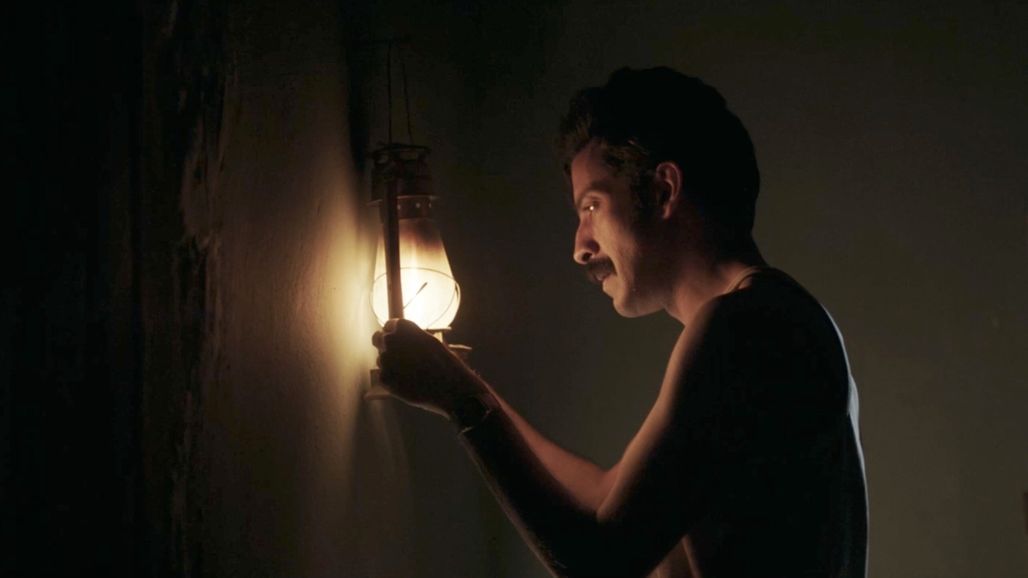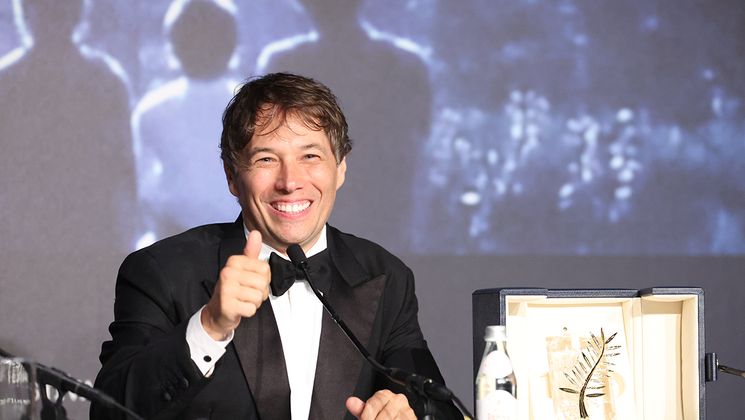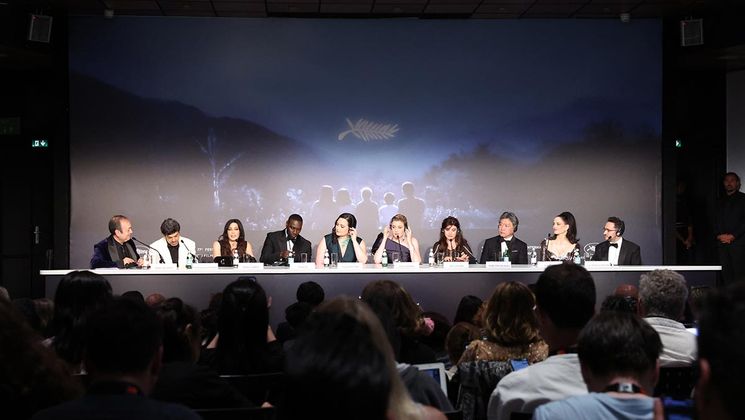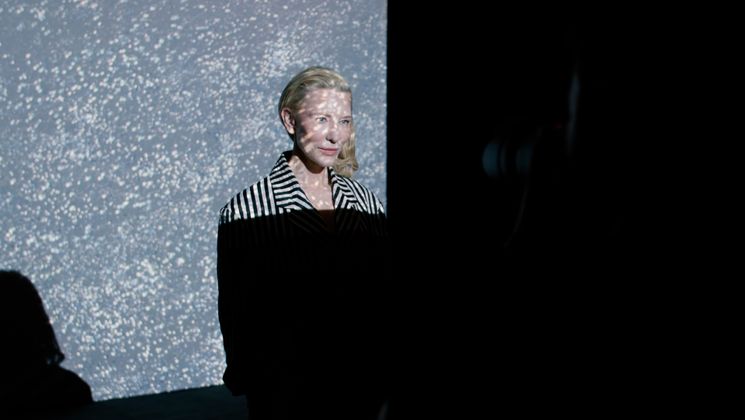
Norah, Tawfik Alzaidi’s vision

In Norah, his first feature film, presented at Un Certain Regard, Saudi filmmaker Tawfik Alzaidi draws on the emotions of his personal relationship with art to tell the story of the artistic relationship between a painter and his model in the conservative Saudi Arabia of the 1990s.
What inspired you to begin work on this film?
I have had a passion for creativity and art since I was nine years old. I have always been close to art and music specifically. I used to appreciate art through magazines and music tapes. When I started writing the story for Norah, I began writing about a person who loves art and at the same time creates it. I lived in this environment with art, even though it was not allowed in public places in the 90s. I believe art is inside each and every person. I started making short films in 2006 before cinemas became available in Saudi Arabia in 2018. I experienced the same feeling that Norah’s characters did during those years but from a filmmaker’s perspective. He makes films, but there is no place to show his films. This is where the idea of the story began.
So your personal story is very similar to those of Nader and Norah, your characters…
Yes, and it took place at the same time as when the movie is set, 1996. The movie talks about the relationship between human beings and art. I have always believed that art is one of the most beautiful means of communication between people. My first thought was to make a purely cinematic-quality film based on real feelings. My goal was to make a film that everyone could feel and not just watch. This is what the film is about… the relationship between humans and art. Art, for me, is a communication tool between people.
Can you describe your working method?
I always start by thinking of the film as a series of small pieces, and during the journey of the film, I gather these small pieces to form a larger piece, which is the film. I love to treat everyone on set as an artist, and I feel that my main job is translating their emotions to the big screen. I pay attention to small details. I have done that since the beginning when I started thinking about how to transform the screenplay into a cinematic visual language. Even though this is my first film, I overheard a comment when I was on set. When I asked to add some detail at one of the shooting locations, someone complained, “What is Ridley Scott doing?” and I smiled.
Can you say a word about your actors?
Yaqoub has been my friend for years, and we always discussed the idea of doing something big and cinematic together, so there was no one else who was going to play the role of Nader. As for Norah, it was more challenging. I had an image of her in my mind, but I didn’t know if she existed. I always believe that writing characters is writing their souls first, and then looking for the body that covers and represents this soul. I found Maria Bahrawi two weeks before we started filming in AlUla. She was 16 years old at the time. When we had an interview, I didn’t talk to her about the film at all, I just asked her about her life, but I saw the spirit of Norah in her.



